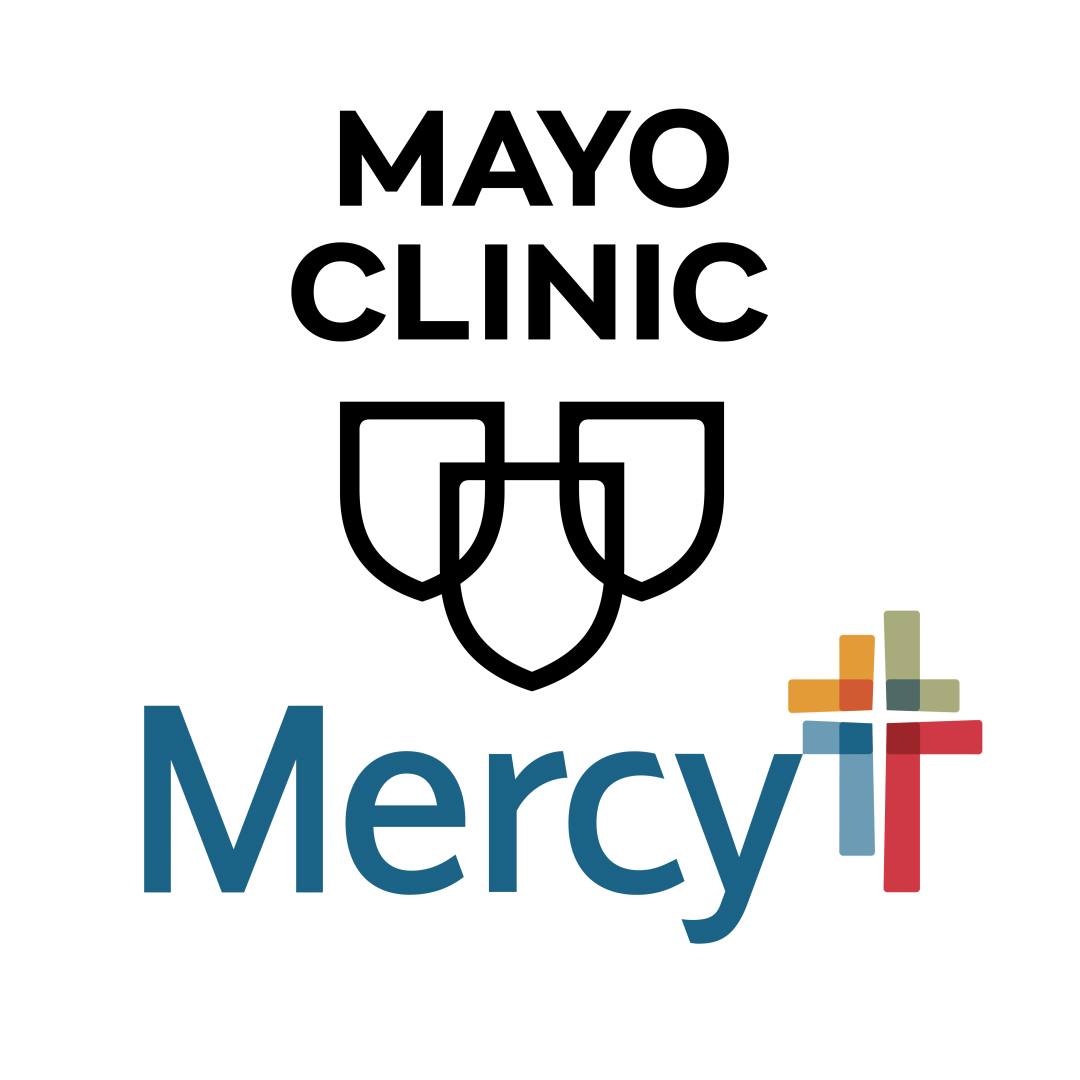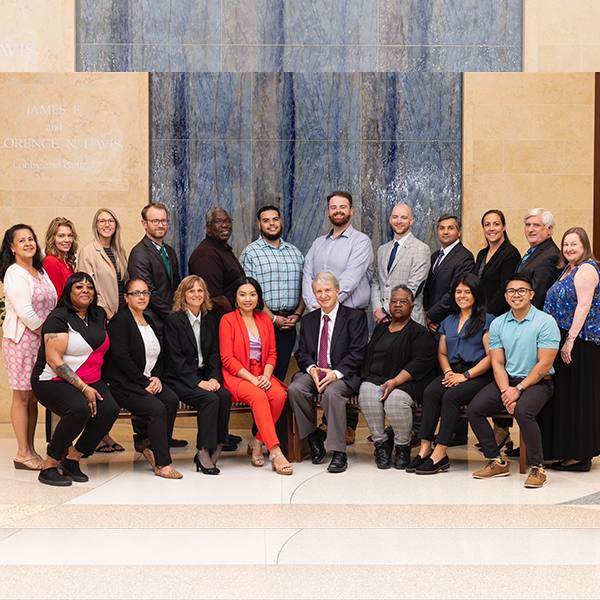-
Research
Science Saturday: What do Yellowstone rocks teach us about kidney stones?
Mayo Clinic researchers are turning to Yellowstone National Park to unlock the secrets of kidney stones. Medical science long has been mystified by a cause and cure for this painful condition that affects more than 1 in 10 Americans. Mayo Clinic Center for Individualized Medicine and NASA Astrobiology Institute research finds kidney stones grow in dynamic ways that are similar to those observed in Mammoth Hot Springs rock formations at Yellowstone.

“For decades, we thought that kidney stones formed in a slow, steady, layer-by-layer process like dust settling in your house. However, new high-resolution cross sections of these stones indicate they repeatedly grow and dissolve on their way to becoming a fully formed stone. There are periods of rapid growth, large missing gaps and dissolution — it’s a back-and-forth process. This suggests that stones grow over time in a more complicated way than we previously knew, and that there may be new ways to prevent them,” says Nicholas Chia, Ph.D., co-director of the Mayo Clinic Center for Individualized Medicine Microbiome program. “We are very excited because we see the same types of patterns in kidney stones, Yellowstone rocks and many other environments on Earth."
The kidney stone studies bring together geobiologists, microbiologists and nephrologists to prove their theory. The smoking gun, Dr. Chia says, would be a discovery that microbes — common bacteria — are driving kidney stone formation in the same way they do in Yellowstone hot spring deposits.

“We believe stone formation is microbially driven in the human body as well. We are trying to extract and genetically sequence the microbes and proteins that are present to figure out where they are in the stone and what processes they are responsible for,” says Dr. Chia. “We hope to answer this in future studies.”
Kidney stones are hard rocklike masses of mineral and acid salts often smaller than the head of a nail that lodge in the kidney and don’t dissolve. The only way to get rid of them is through painful urine passage or surgery.
The team is now working to understand how proteins and other biomolecules derived from both the kidney and the microbiome — the community of bacteria in your body — could lead to an eventual treatment. That’s especially important for people who follow medical advice and yet repeatedly suffer from kidney stones.

“If we understood the process of repeated crystallization and dissolution within kidney stones, we might be able to prescribe something that either dramatically slows the stone growth or significantly increases the disintegration. If we understood the diversity of microbes involved and their metabolic activity, we might be able to change the rates at which stones growth and dissolve, just as has been proven by research in Yellowstone hot springs. There are many options once we understand this process,” adds Dr. Chia.
Dr. Chia’s team has been working on these studies for approximately five years. He believes it will take a few more years of team science research to fully understand the combined role of the microbiome, renal (kidney) physiology and urine chemistry in growing and dissolving kidney stones.
Up to a half-million people a year visit the emergency room to seek relief from this condition, according to The National Kidney Foundation. Kidney stones are often associated with other disorders such as high blood pressure, diabetes and obesity.
Dr. Chia is the Bernard and Edith Waterman co-director of the Mayo Clinic Center for Individualized Medicine Microbiome Program.
Join the conversation
For more information on the Mayo Clinic Center for Individualized Medicine, visit our blog, Facebook, LinkedIn or Twitter at @MayoClinicCIM







